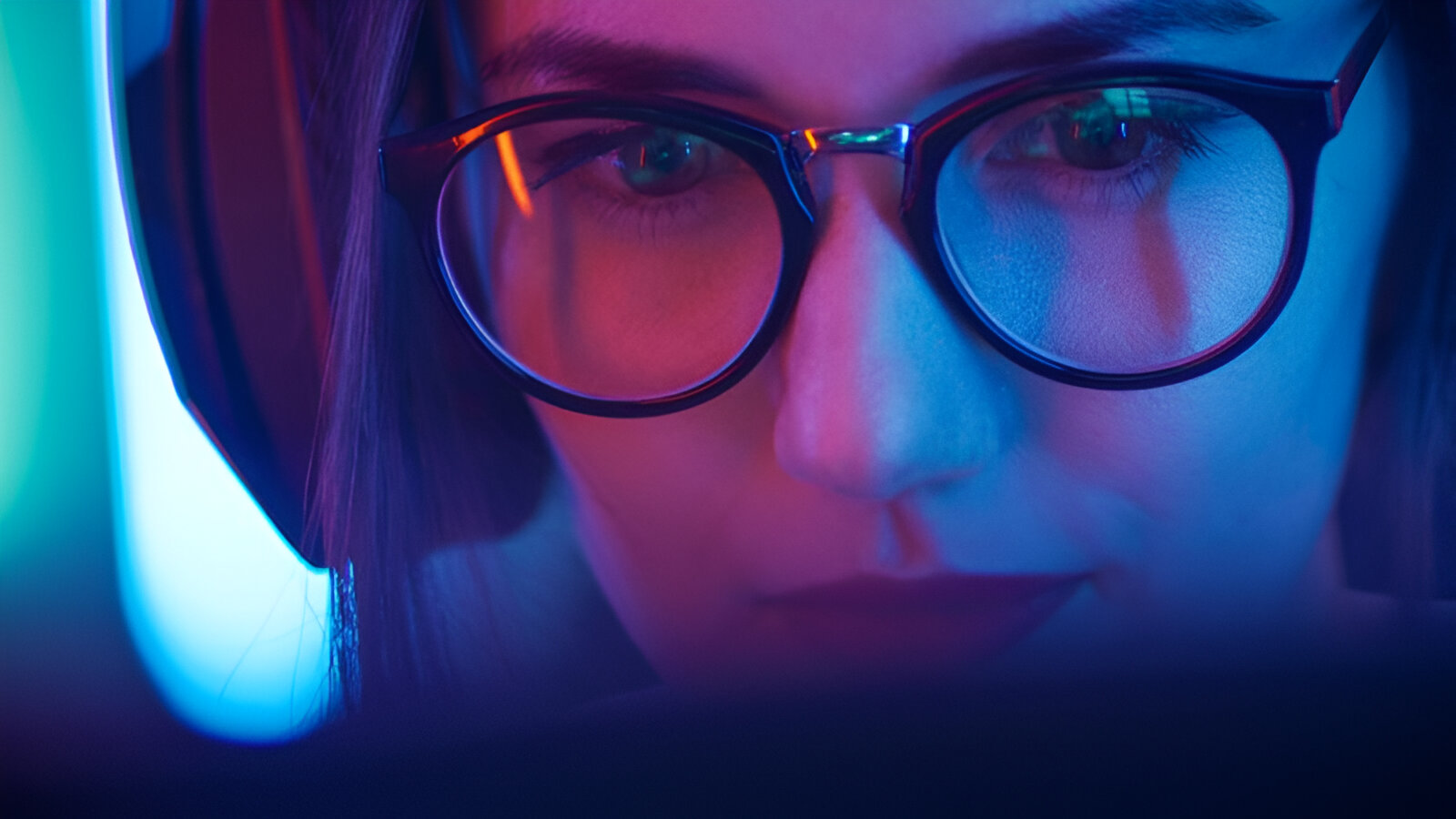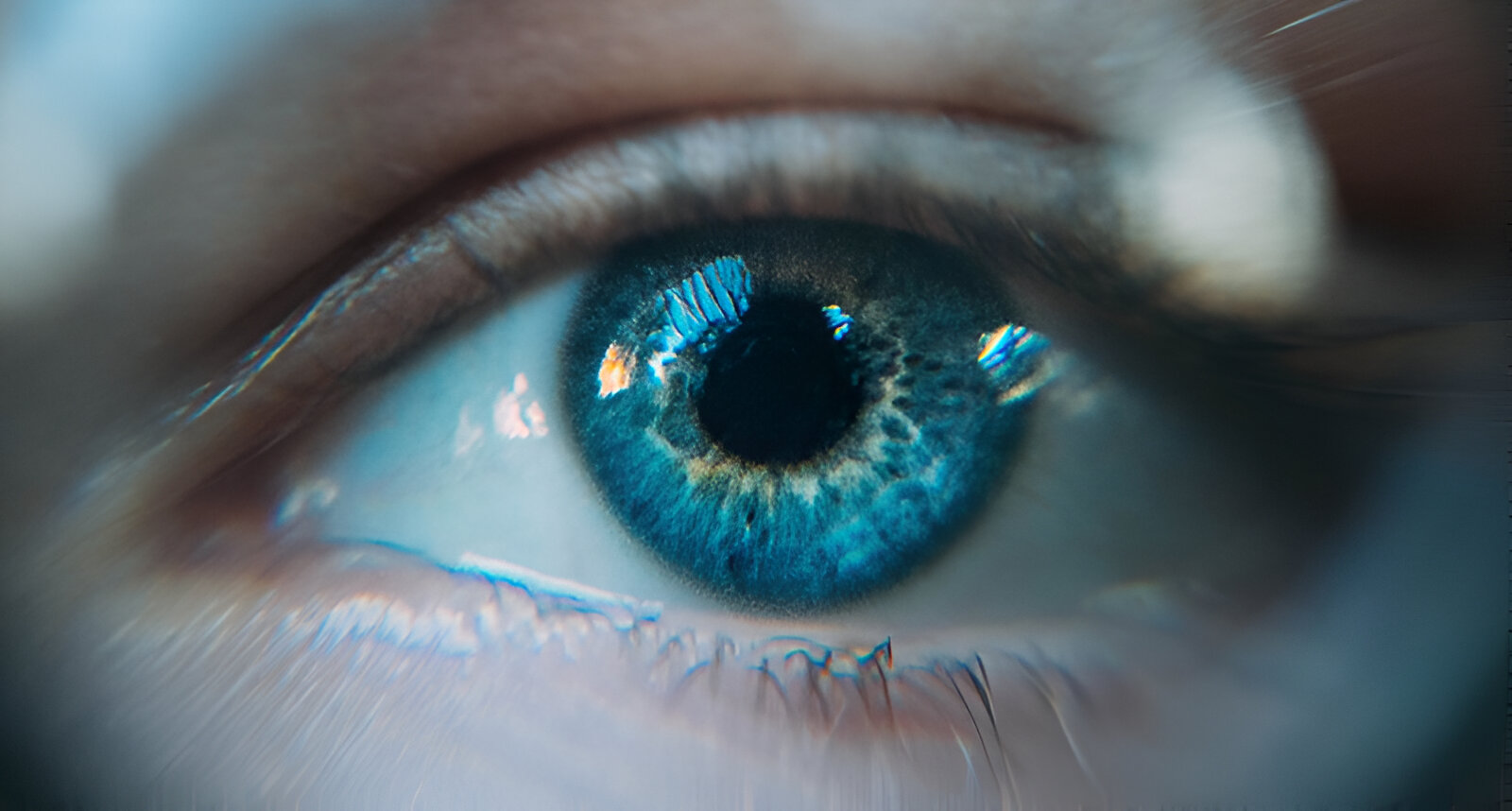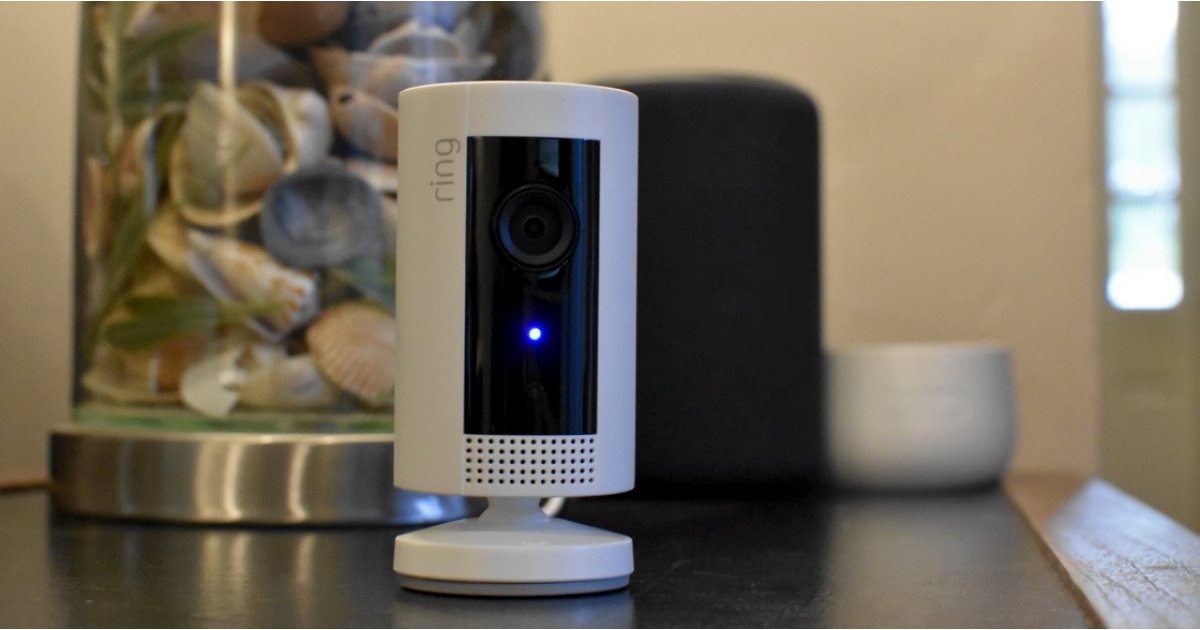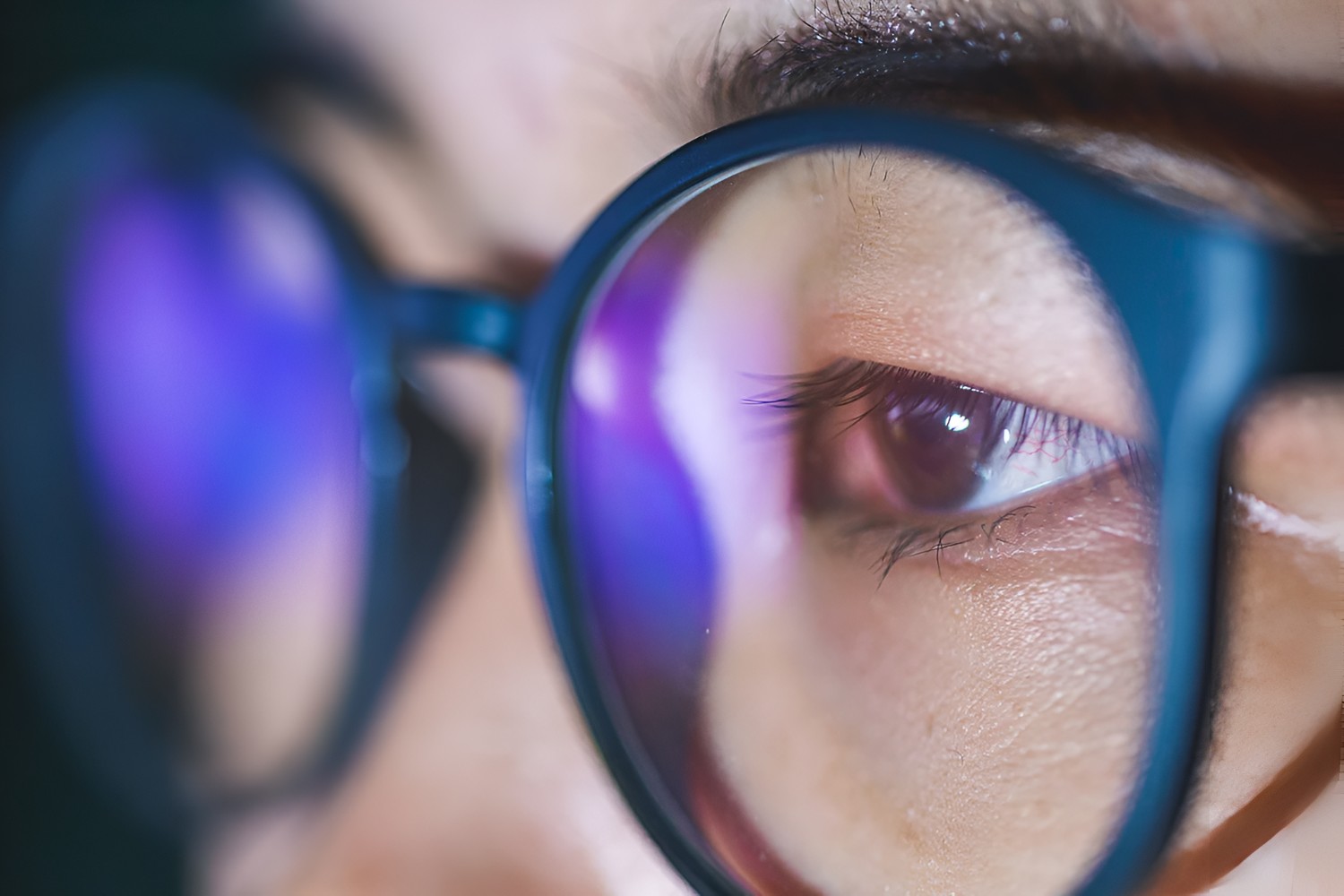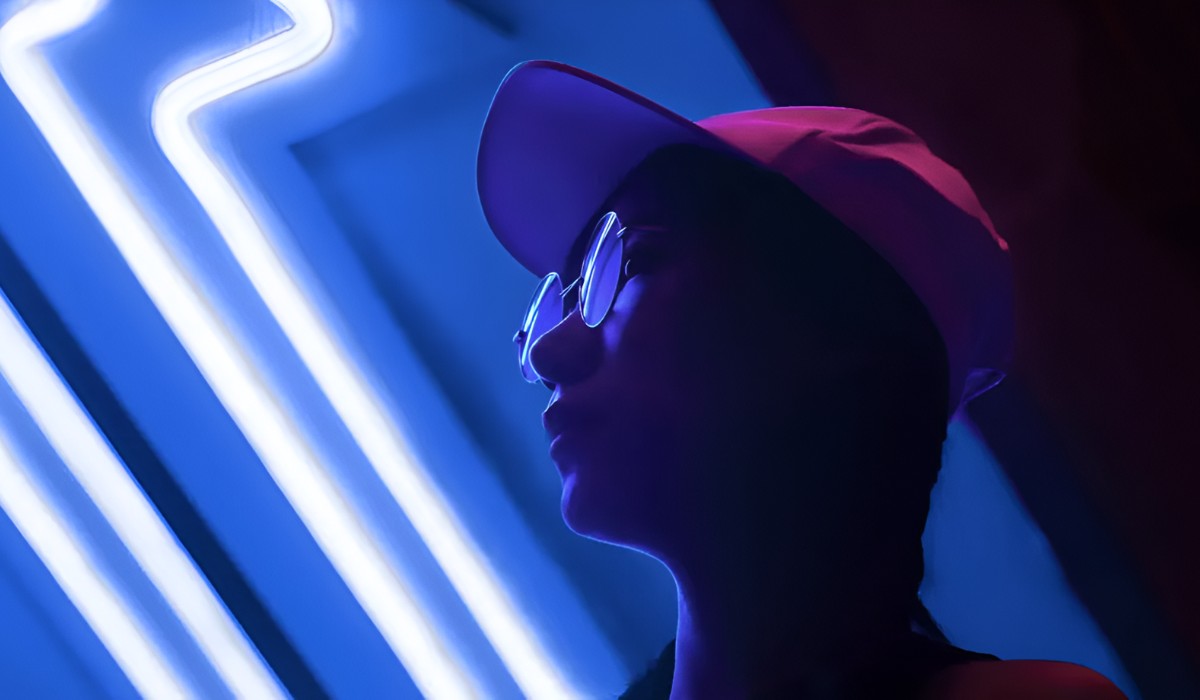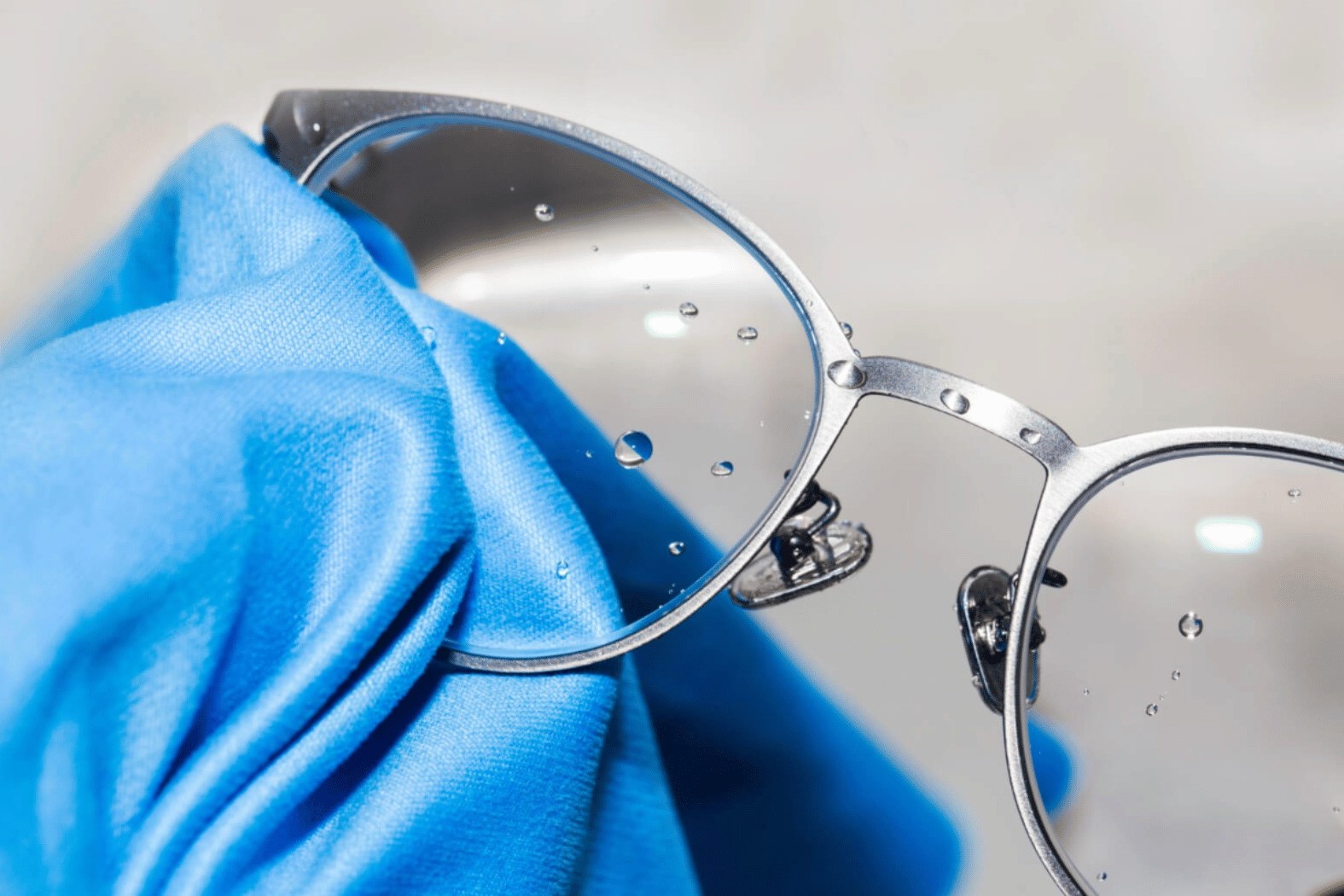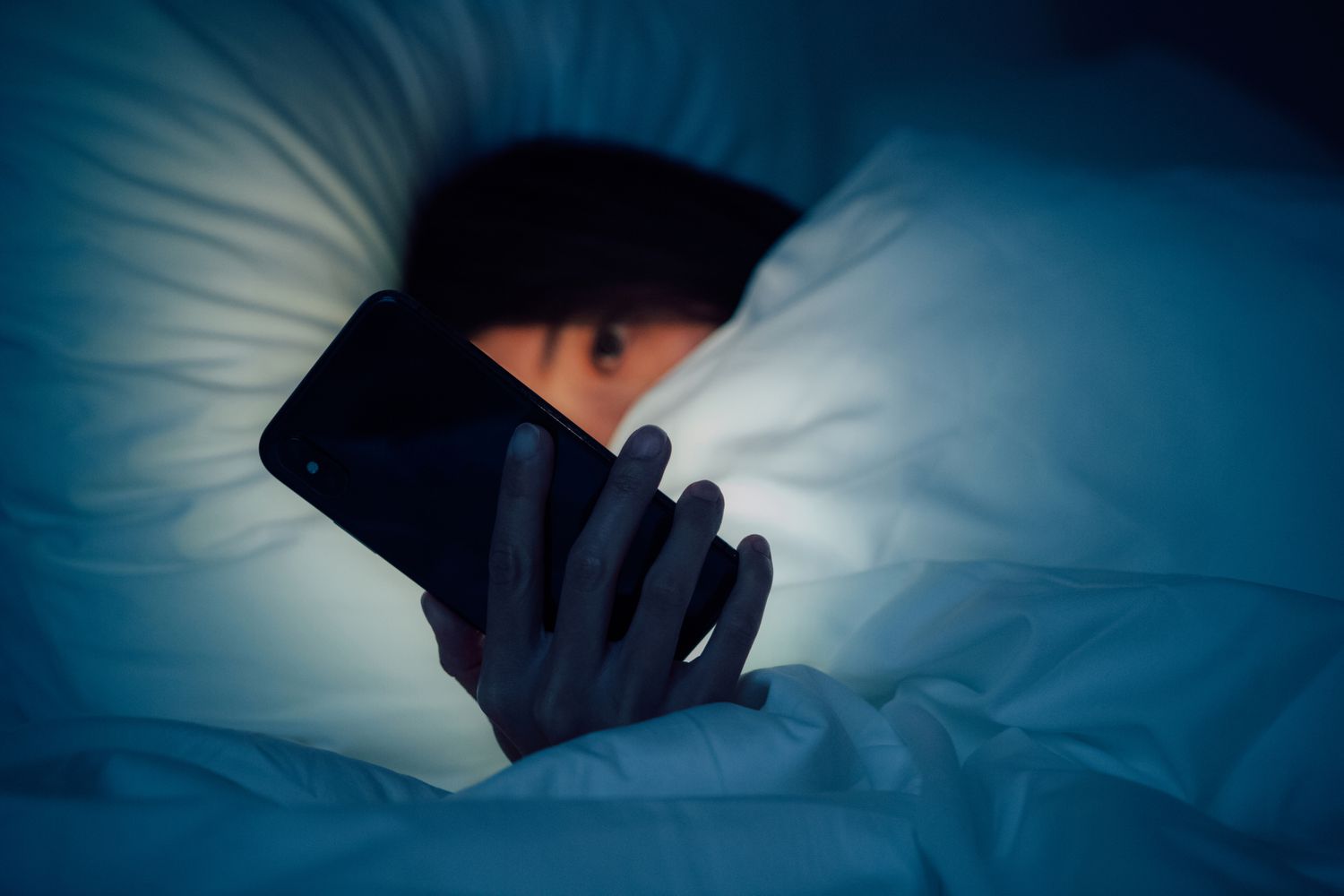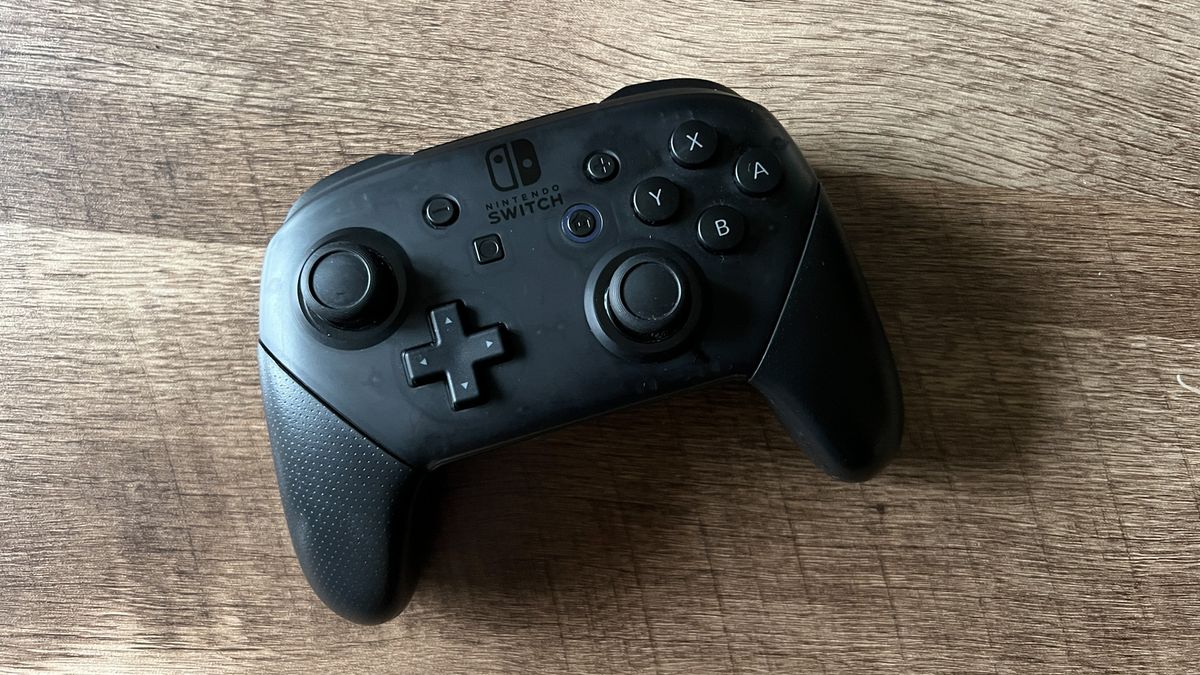Introduction
In today's digital age, our reliance on electronic devices has become ubiquitous. From smartphones to computers, we are constantly exposed to screens that emit blue light. While this light is a natural component of sunlight, the prolonged and excessive exposure to artificial sources of blue light can have adverse effects on our eyes and overall well-being. With the average person spending a significant portion of their day in front of screens, it's crucial to understand the potential impact of blue light and take proactive measures to safeguard our precious eyesight.
As technology continues to advance and integrate into every aspect of our lives, the prevalence of digital screens has become inseparable from modern living. Whether for work, entertainment, or communication, our daily routines often involve extended periods of screen time. This pervasive exposure to blue light has raised concerns among health professionals and researchers, prompting a closer examination of its effects on eye health.
In this article, we will delve into the intricacies of blue light and its implications for our eyes. By gaining a deeper understanding of this topic, we can equip ourselves with the knowledge needed to protect our eyes from the potential harm associated with prolonged screen exposure. Furthermore, we will explore practical and effective strategies for mitigating the impact of blue light, empowering readers with actionable insights to prioritize their eye health in the digital era.
As we navigate the digital landscape, it's essential to prioritize the well-being of our eyes, which serve as our windows to the world. By embracing a proactive approach to managing blue light exposure, we can strive to maintain optimal eye health and preserve our vision for years to come. Let's embark on this journey to uncover the best practices for effectively protecting our eyes from the pervasive influence of blue light.
Understanding Blue Light and Its Effects on Eye Health
Blue light, a high-energy visible (HEV) light with short wavelengths, is a natural component of sunlight. It plays a crucial role in regulating our circadian rhythm, influencing our sleep-wake cycle and overall well-being. However, the increasing prevalence of digital screens, such as smartphones, tablets, and computers, has led to heightened exposure to artificial sources of blue light.
Research has indicated that prolonged and excessive exposure to blue light, particularly from digital devices, can have various effects on eye health. One of the primary concerns is digital eye strain, also known as computer vision syndrome, which encompasses a range of symptoms including dry eyes, blurred vision, headaches, and neck or shoulder pain. These discomforts often arise from prolonged screen time and can significantly impact daily productivity and overall comfort.
Moreover, blue light exposure has been linked to potential long-term consequences, such as an increased risk of age-related macular degeneration (AMD). The retina, a light-sensitive layer at the back of the eye, is particularly vulnerable to the effects of blue light. Over time, cumulative exposure to blue light may contribute to the deterioration of retinal cells, potentially leading to vision impairment in later years.
In addition to its impact on eye health, blue light has been implicated in disrupting sleep patterns. The suppression of melatonin, a hormone that regulates sleep, by blue light exposure in the evening can interfere with the body's natural circadian rhythm, leading to difficulties in falling asleep and achieving restful sleep.
As our daily lives continue to revolve around digital technology, the pervasive influence of blue light on eye health cannot be overlooked. It is essential to recognize the potential implications of prolonged screen exposure and take proactive measures to mitigate its effects. By understanding the intricate relationship between blue light and our eyes, we can adopt informed strategies to safeguard our vision and overall well-being in the digital age.
Tips for Protecting Your Eyes from Blue Light
-
Use Blue Light Filters: Consider applying blue light filters or screen protectors on your electronic devices. These filters are designed to reduce the amount of blue light emitted from screens, helping to minimize potential eye strain and discomfort during prolonged use.
-
Adjust Screen Settings: Take advantage of the built-in display settings on your devices. Many smartphones, tablets, and computers offer options to adjust the color temperature and brightness levels. By reducing the blue light emitted, especially during evening hours, you can create a more eye-friendly viewing experience.
-
Take Regular Breaks: Incorporate the 20-20-20 rule into your screen time routine. Every 20 minutes, take a 20-second break to look at something 20 feet away. This simple practice can alleviate eye strain and prevent the onset of digital eye fatigue.
-
Opt for Blue Light Glasses: Consider investing in blue light blocking glasses, which are designed to filter out a portion of blue light from digital screens. These specialized glasses can be particularly beneficial for individuals who spend extended periods in front of screens, offering an added layer of protection for their eyes.
-
Adjust Lighting Conditions: Ensure adequate lighting in your workspace to reduce the strain on your eyes. Avoid excessive glare and aim for a balanced lighting environment. Positioning your screen to minimize reflections and adjusting ambient lighting can contribute to a more comfortable visual experience.
-
Prioritize Screen Distance: Maintain a comfortable distance from your screens. Position your devices at an arm's length away and adjust the screen angle to reduce direct exposure to blue light. Creating an ergonomic setup can help mitigate eye strain and promote better posture.
-
Establish a Digital Curfew: Limit screen time, especially in the hours leading up to bedtime. The exposure to blue light in the evening can disrupt your natural sleep-wake cycle. Establishing a digital curfew and engaging in screen-free activities before bedtime can support better sleep quality.
-
Embrace Outdoor Breaks: Take regular breaks outdoors to give your eyes a rest from screen exposure. Spending time in natural light can help recalibrate your circadian rhythm and provide a refreshing break for your eyes.
By integrating these practical tips into your daily routine, you can proactively protect your eyes from the potential impact of blue light. Prioritizing your eye health in the digital age is essential for sustaining long-term visual wellness and overall comfort.
Conclusion
In conclusion, the prevalence of digital screens in our daily lives has significantly increased our exposure to blue light, raising concerns about its potential impact on eye health. As we navigate the digital landscape, it is imperative to prioritize proactive measures to protect our eyes from the adverse effects of prolonged screen time. By embracing a comprehensive approach to managing blue light exposure, we can safeguard our vision and promote long-term eye health.
The tips provided in this article offer actionable strategies for effectively mitigating the impact of blue light on eye health. Implementing blue light filters, adjusting screen settings, and incorporating regular breaks into screen time routines can significantly alleviate digital eye strain and reduce the potential long-term consequences of blue light exposure. Additionally, investing in blue light blocking glasses and optimizing lighting conditions in workspaces can contribute to a more comfortable and eye-friendly environment.
It is essential to recognize the interconnected relationship between blue light exposure, eye health, and overall well-being. By understanding the potential implications of prolonged screen time and the associated risks of digital eye strain and disrupted sleep patterns, individuals can make informed choices to protect their eyes. Prioritizing screen distance, establishing digital curfews, and embracing outdoor breaks can further enhance the holistic approach to managing blue light exposure.
As we strive to strike a balance between technological integration and proactive health management, the significance of preserving our vision cannot be overstated. By incorporating these practical tips into our daily routines, we can proactively protect our eyes from the pervasive influence of blue light and promote sustained visual wellness. Embracing a mindful approach to screen time and adopting preventative measures can empower individuals to navigate the digital era while safeguarding their precious eyesight.
In the pursuit of optimal eye health, it is crucial to raise awareness about the potential impact of blue light and equip individuals with the knowledge and tools needed to prioritize their vision. By fostering a culture of proactive eye care and integrating these tips into our daily lives, we can work towards sustaining healthy eyes and embracing the benefits of digital technology without compromising our visual well-being.
In essence, the journey to effectively protecting our eyes from blue light begins with understanding, awareness, and actionable implementation. By taking proactive steps to manage blue light exposure, we can strive to preserve our vision and promote sustained eye health in the digital age. Let us embark on this journey with a commitment to prioritizing our eyes, our invaluable windows to the world.







